Organisations all over the world are increasing environmental efforts through setting Science-Based Targets (SBTs) for emissions reductions, that are consistent with the latest climate science. The SBTi framework enables companies to set targets and draws focus on their (Scope 3) supplier emissions. Research shows that more than 90% of an organisation’s emissions arise from its supply chain, and highlights the fundamental need for organisations to engage with their suppliers, in order to transition in a just and sustainable manner.
With the aim of reducing supplier emissions, organisations have two fundamental choices. First, to replace existing suppliers with others that are already taking steps towards emissions reduction, such as setting SBTs, that can in turn help reduce their own emissions. Second, to promote a “just transition” through engaging and encouraging their existing suppliers to set SBTs, so taking them along with the organisation’s own climate transition.
For the latter, a five-step process can be considered, of which (importantly) Step 4 details, “Encouraging changes from existing suppliers”. As organisations advance on their climate journey, they must start engaging with their suppliers beyond collecting data on their sustainability performance, and towards influencing and promoting better performance.
Supplier Engagement is a multi-faceted process with three key elements:
- Collecting primary data from the suppliers (regardless of their SBT status).
- Communicating and offering support and resources to the suppliers.
- Building capacity through training and engaging in their climate journey.
While there are a multitude of benefits of engaging with suppliers, key ones include:
- Building Supply Chain Resilience: Joining forces with suppliers to reduce emissions and improve sustainability practices, can collectively mitigate risks related to regulatory changes, resource scarcity and climate-related disruptions.
- Improved Data Management: Collaborative emissions reduction efforts such as sharing data and insights can improve data management practices, leading to more accurate emissions reporting and enhanced decision-making.
- Regulatory Compliance: As environmental regulations become more stringent, suppliers that proactively address emissions reduction are better positioned to meet evolving compliance requirements, and engaging with them helps ensure that they remain compliant.
- Long-Term Partnership: Collectively contributing to sustainability initiatives fosters a sense of partnership and shared goals that can strengthen an organisation’s relationships with its suppliers, leading to more stable and mutually beneficial long-term partnerships.
- Innovation: Collective “ideation” around sustainability initiatives could lead to the adoption of new technologies, processes and practices that enhance efficiency and environmental performance.
- Cost Savings: Suppliers that implement energy-efficient practices and reduce emissions, often experience cost savings through lower energy consumption and waste reduction. These savings can translate into more competitive pricing for their products and services, benefiting both parties.
Organisations can foster an environment that motivates and supports suppliers in setting and achieving emissions reduction targets. by taking four key steps:
- Leading by example.
- Communicating expectations and providing sufficient time for suppliers to act.
- Sharing resources, technical knowledge and benefits.
- Setting goals and monitoring progress for both parties.
Source: CC Social Impact Feed
